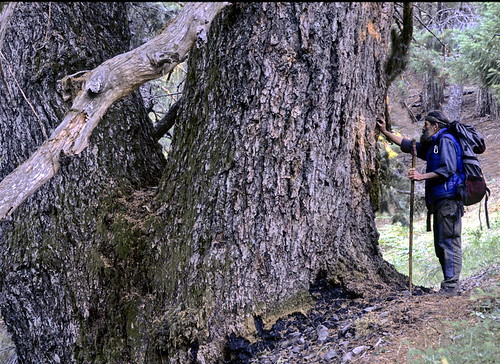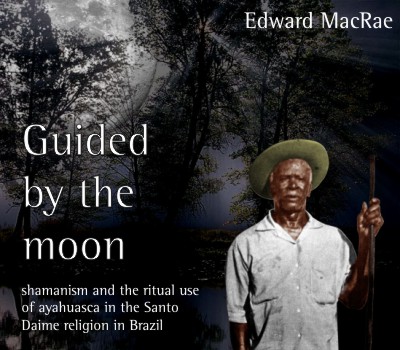AMAZÔNIA: WHAT WILL BE THE FUTURE? 
The above photo from NASA shows the concentrations of carbon monoxide (grey areas) hovering over Amazônia during September 2007. Carbon monoxide indicates smoke, fire, greenhouse gas pollution and, of course, deforestation. Burning and cutting the tropical rainforests now contributes more than 20% of global greenhouse gas pollution.
It is now believed that the eastern half of the Amazon forest, located in Brazil, may be seriously at risk.
"It's not out of the question to think that half of the basin will be either cleared or severely impoverished just 20 years from now," stated Dr. Daniel Nepstad, head of the Woods Hole Research Center's Amazon program. "The nightmare scenario is one where we have a 2005-like year that extended for a couple years, coupled with a high deforestation where we get huge areas of burning, which would produce smoke that would further reduce rainfall, worsening the cycle. A situation like this is very possible." Read more at Mongabay.
The future Amazon will be the result of choices made by Brazil and the rest of the world in coming years. John Terborgh, writing in the current NY Review of Books tells us how it looks from the highest levels in Brazil:
What is the attitude of the Brazilian government toward a possible climatic calamity in the Amazon? On being shown the predictions of some climate models, President Luiz Inácio Lula da Silva reputedly posed two alternatives. If the rest of the world is so concerned about the future of the Amazon, then let the rich countries pay us not to cut it down. Otherwise, if the forest is going to succumb to drought and fire, then we ought to cut it down first so that we can benefit from the resources before they are lost to the ravages of nature.
Not everyone will be happy with these alternatives, but Lula's pronouncements may not be that far off the mark. The Amazon is being logged at a prodigious rate and with further improvements in transportation envisioned under the Avança Brasil program, logging, and with it the risk of fire, is bound to spread over much of the basin. Slowing or stopping the logging would require a political will that simply doesn't exist in a country obsessed with maximizing development.
Which of Lula's alternatives will the future bring, a green Amazon supported by an international community united against the specter of radical climate change, or a brown Amazon, parched by deforestation and scorched by fire? In my view, the prospects of the green alternative will be determined by the treaty that will succeed Kyoto. At Kyoto, it was decided not to include forests in a system by which carbon emissions are controlled through "cap-and-trade"—i.e., by allowing countries that cut back on emissions to receive tradable credits for doing so. Many now feel that the omission was a mistake because forests store such huge stocks of carbon. Yet how forests will be brought into a second-generation treaty is anyone's guess. Short of significant international intervention through financial incentives or other mechanisms, the business-as-usual scenario will certainly prevail.
Kyoto is about to be reformulated. The choice over the future of Amazônia is likely to come soon. There's been some foolish talk about who owns the Amazon forest. Without doubt, it is owned by Brazil and its neighbors. But the financial choice over its future is clearly owned by all of us.

















































